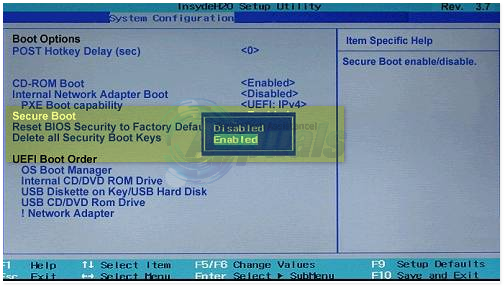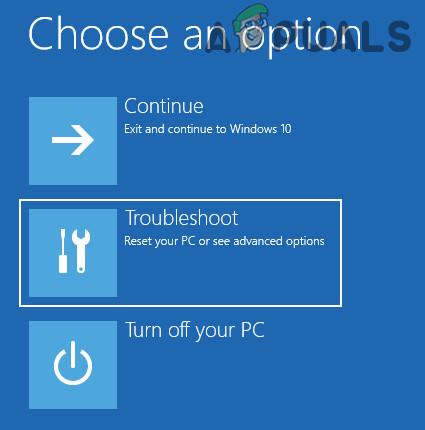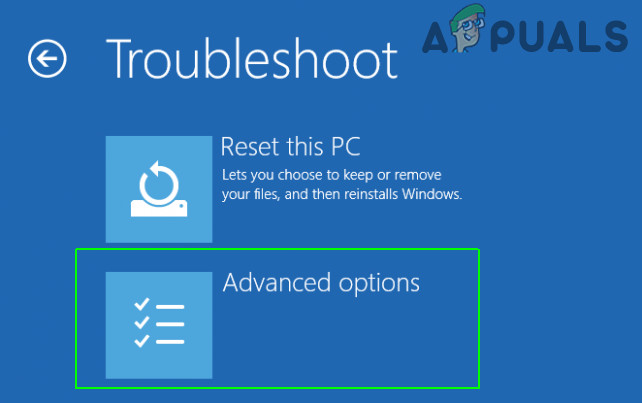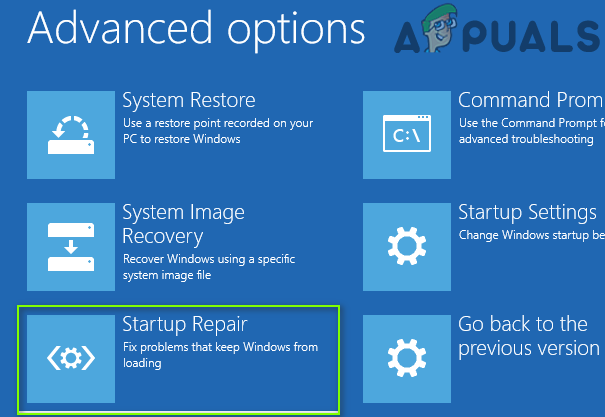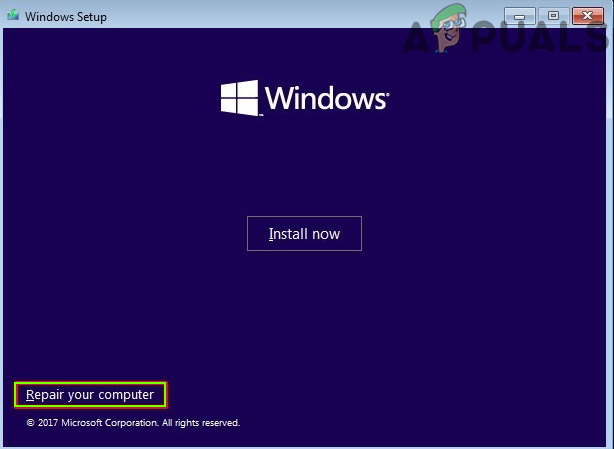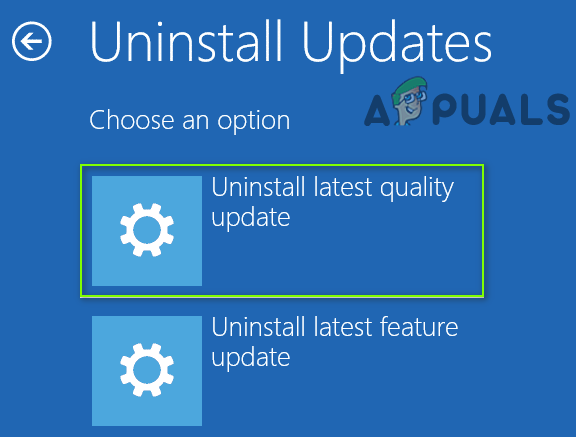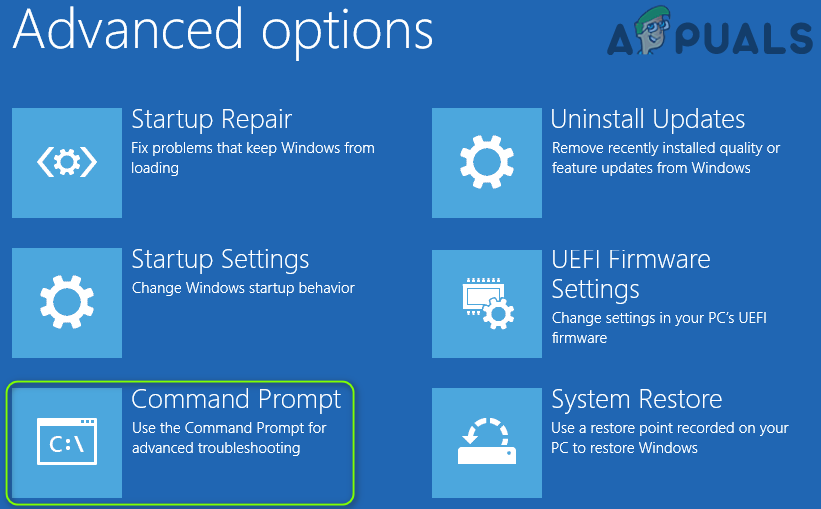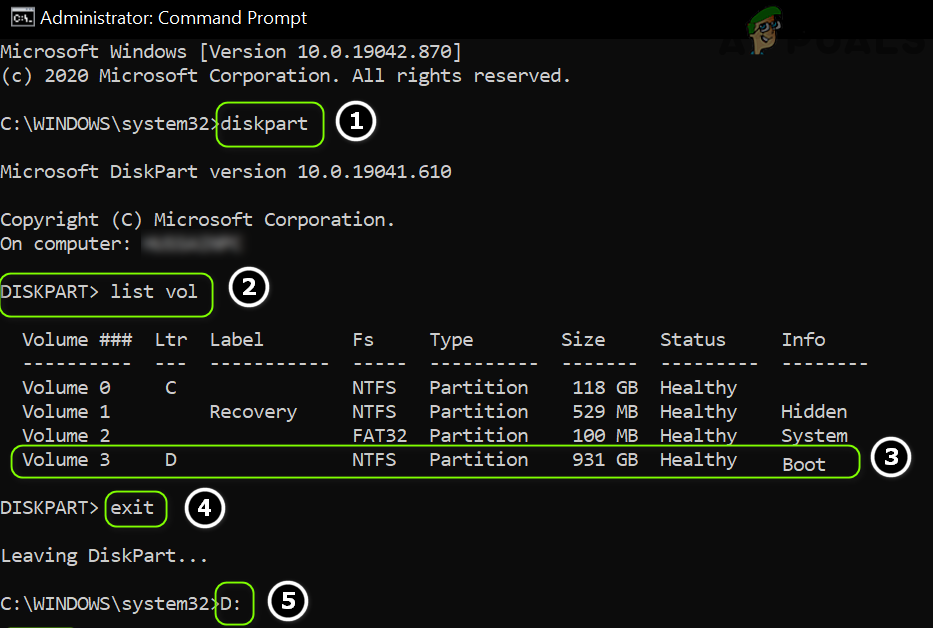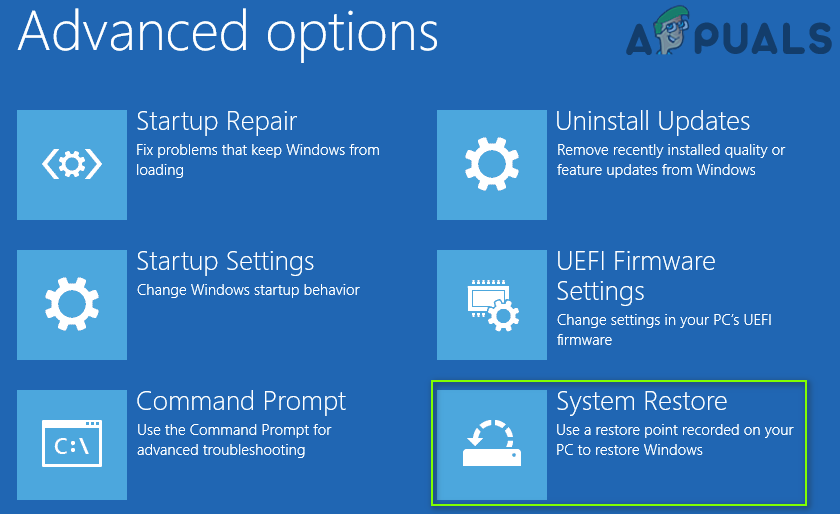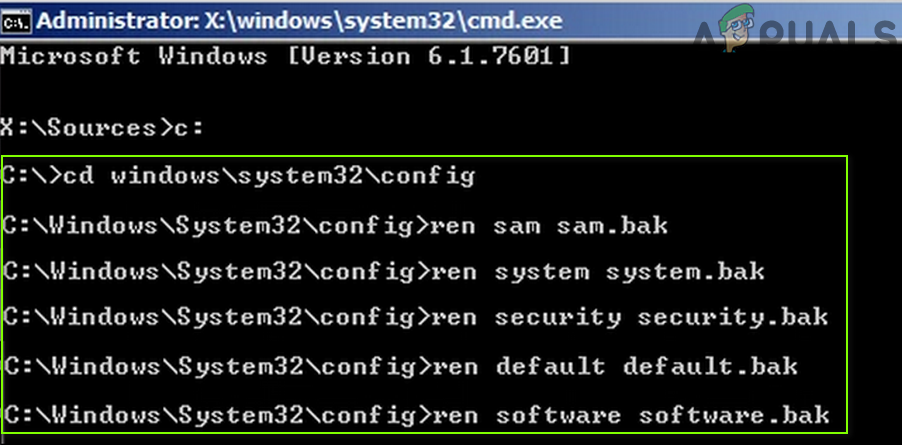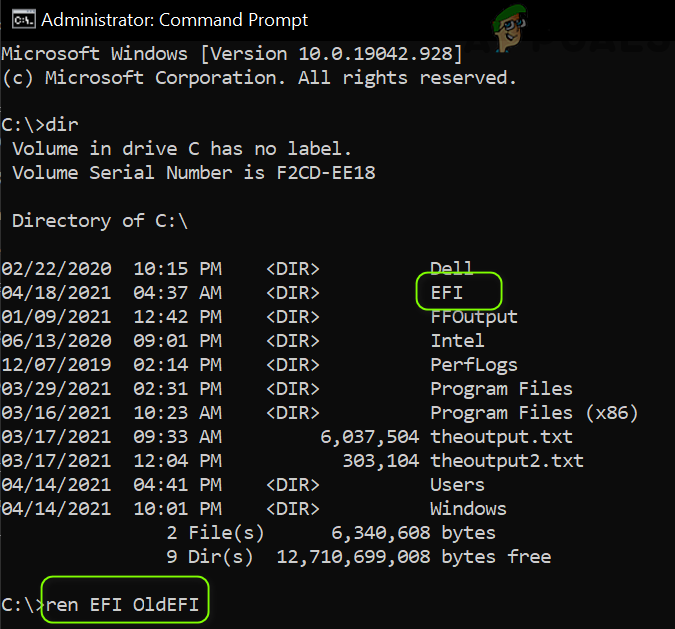Your PC needs to be repaired. The application or operating system couldn’t be loaded because a required file is missing or contains errors. File: \windows\system32\winload.efi Error code: 0xc000*** or: Your PC Needs to be repaired. An Unexpected Error has Occurred. Error code: 0xc0000001. You’ll need to use the recovery tools on your installation media. If you don’t have any installation media contact your system administrator or pc manufacturer. In this guide, I will walk you through a couple of troubleshooting steps that should help you fix the issue.
How to BOOT into BIOS to change Boot Order
You must know how to boot and change boot order since this will be needed to perform the solutions below. Restart your computer. Enter your computer’s BIOS (or UEFI) settings as soon as it starts up. The key that you need to press to enter these settings depends on the manufacturer of your computer’s motherboard and can be anything from Esc, Delete, or F2 to F8, F10, or F12, usually F2. This is displayed on the post screen and the manual that was supplied with your system. A quick google search asking “how to enter bios” followed by model number will also list results.
Method 1: Disable Secure Boot
If you have a UEFI-based computer instead of the old traditional BIOS, then the issue can be caused by a certain setting in UEFI called Secure Boot. It can stop your system from accessing the winload.efi file causing this error to appear. Windows 8 and later versions have this feature enabled by default. To disable Secure Boot, boot to BIOS or UEFI. The UEFI setup user interface differs by model. Generally, look for Secure Boot, which can be found in its own separate section, or in the Security tab or in Boot tab, or in the Authentication tab depending on your system model. Consult your system model’s manual to know exactly where it is. Once you find the Secure Boot option in a tab, disable it or turn it off.
Save the UEFI settings and exit. Now boot up your system normally. If you still get the same error, move on to the next solution
Method 2: Repair Boot Record
To repair the boot record, we will repair the files required by Windows to boot, which includes the file winload.efi.
Windows 7 Users
In order to continue, you will need to start windows in repair mode, for that (see steps here). Once you boot to start-up repair and see the “System Recover Options” choose Command prompt. Once the command prompt’s black window appears, type the following commands and press Enter after each line. After the commands have executed successfully, restart your system and check if the issue’s still there. If the issues still there, then repeat the above procedure and execute the above commands 3 times each. Now check if the issues still there. If yes, then move on to the next solution.
Windows 8/8.1/10
To start W8/8.01 and 10 in Repair Mode, see steps here. In the advanced options, click Command Prompt. Once the command prompt’s black window appears, type the following commands and press Enter after each line. After the commands have executed successfully, restart your system and check if the issue’s still there. If the issues still there, then repeat the above procedure and execute the above commands 3 times each. Now check if the issues still there. If yes, then move on to the next solution.
Method 3: Perform a Startup Repair
You may get the error code 0XC0000001 if the startup items of your system are corrupt. In this context, performing a startup repair of the system may solve the problem. But before that, make sure the system’s boot order in the BIOS settings is properly configured (the Windows drive is first in the Boot order).
Method 4: Uninstall the Buggy Update
Microsoft has a very long history of releasing buggy updates and the issue at hand can also be a result of the same. In this case, removing the buggy update (either Quality or Feature Update) may solve the problem.
Method 5: Perform a CHKDSK Scan
The current BSOD error could be a result of logical bad sectors of the storage drive. In this context, performing a ChKDsk scan may solve the problem. If the above process is too techy for you, then attach the problematic system’s hard to another PC and perform the ChkDsk scan there to check if the BSOD issue is resolved.
Method 6: Using the BCDBoot Utility
Use the above-given method to reach the Command prompt from start-up repair, once in the command prompt, proceed with the steps below. Now restart your system and check. If the issue is still not resolved, proceed to Method 4.
Method 7: Disabling Anti Malware Protection
Solution 8: Perform a System Restore
The error code 0XC0000001 could be a result of a recent (unwanted) change to the system and restoring the system (to an earlier point in the time when the system was operating fine) may solve the problem. You can also use the following in the Command Prompt to perform the System Restore (where C is the system drive, you can find the system drive by following the steps mentioned in the ChkDsk solution):
Method 9: Rename the Corrupt Registry Files and Copy the Backup Registry Files
You may encounter the 0XC0000001 error if some of the essential files (especially, related to the system’ registry) are corrupt. In this scenario, renaming the corrupt files and placing the original OS files (from the registry backup folder) may solve the problem.
Method 10: Perform System operations in Command prompt
There are different cmdlets (like Bootrec, SFC, DISM, etc.) in the Command Prompt that can be used to solve the current BSOD issue.
Perform the SFC and DISM Scans
Disable Hibernation
If the issue started to occur after hibernating the system, then disabling hibernation may solve the problem.
Rename the EFI Folder
If the issue persists, then you may have to perform a clean installation of Windows either on a different partition/disk or after completely repartitioning the problematic drive. If you cannot back up the system drive data in any other way, then it will be better to use the Custom Install option (the system drive data will be in the Windows.old folder) when performing the clean installation of Windows.
FIX: Steps to fix iPhone 6 Error 4013FIX: Steps to Fix Error ERR_FILE_NOT_FOUNDFIX: Steps to Fix Canon Printer Error 5C20FIX: Steps to Fix BSOD Error “KERNEL_DATA_INPAGE_ERROR”

